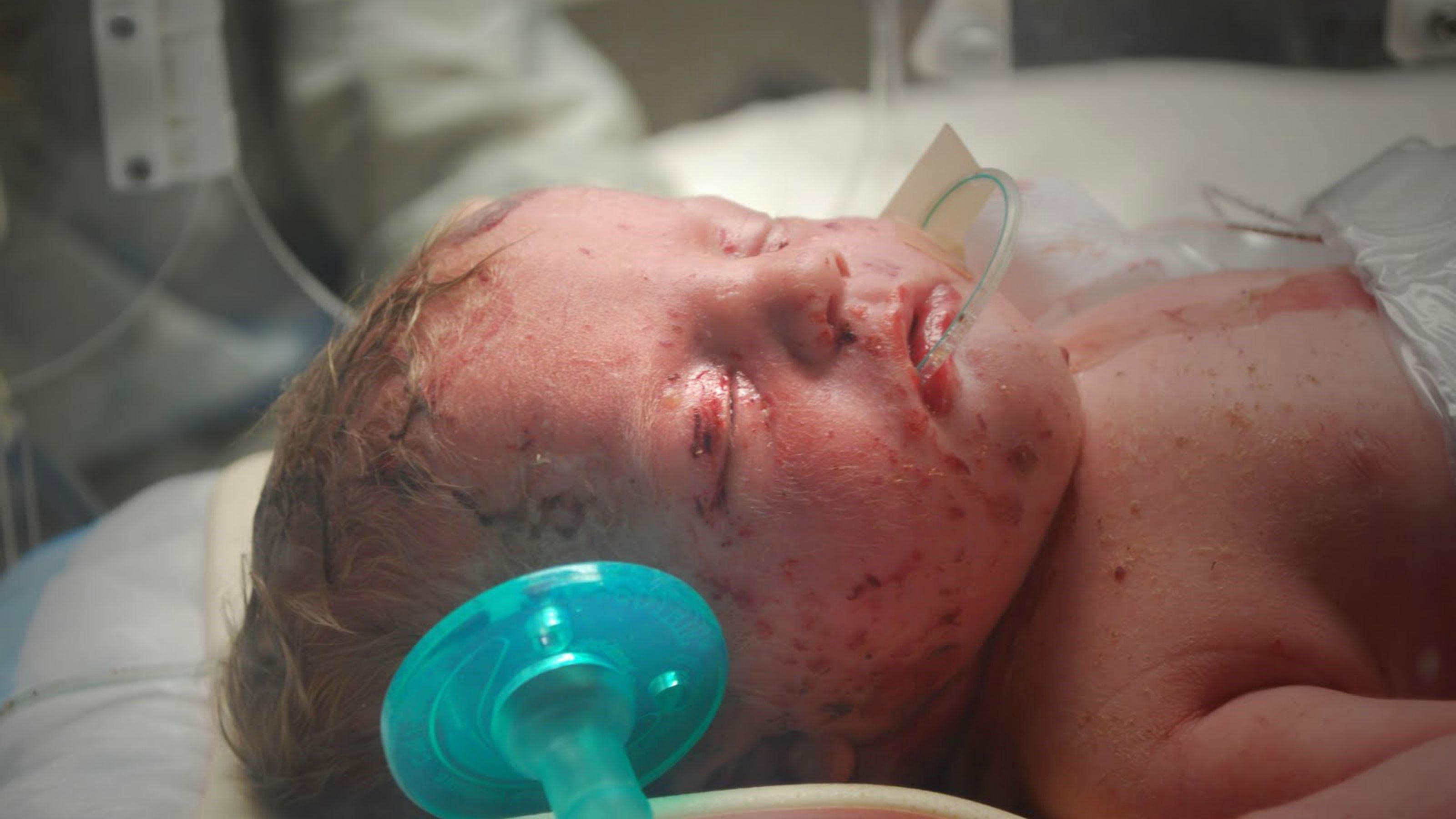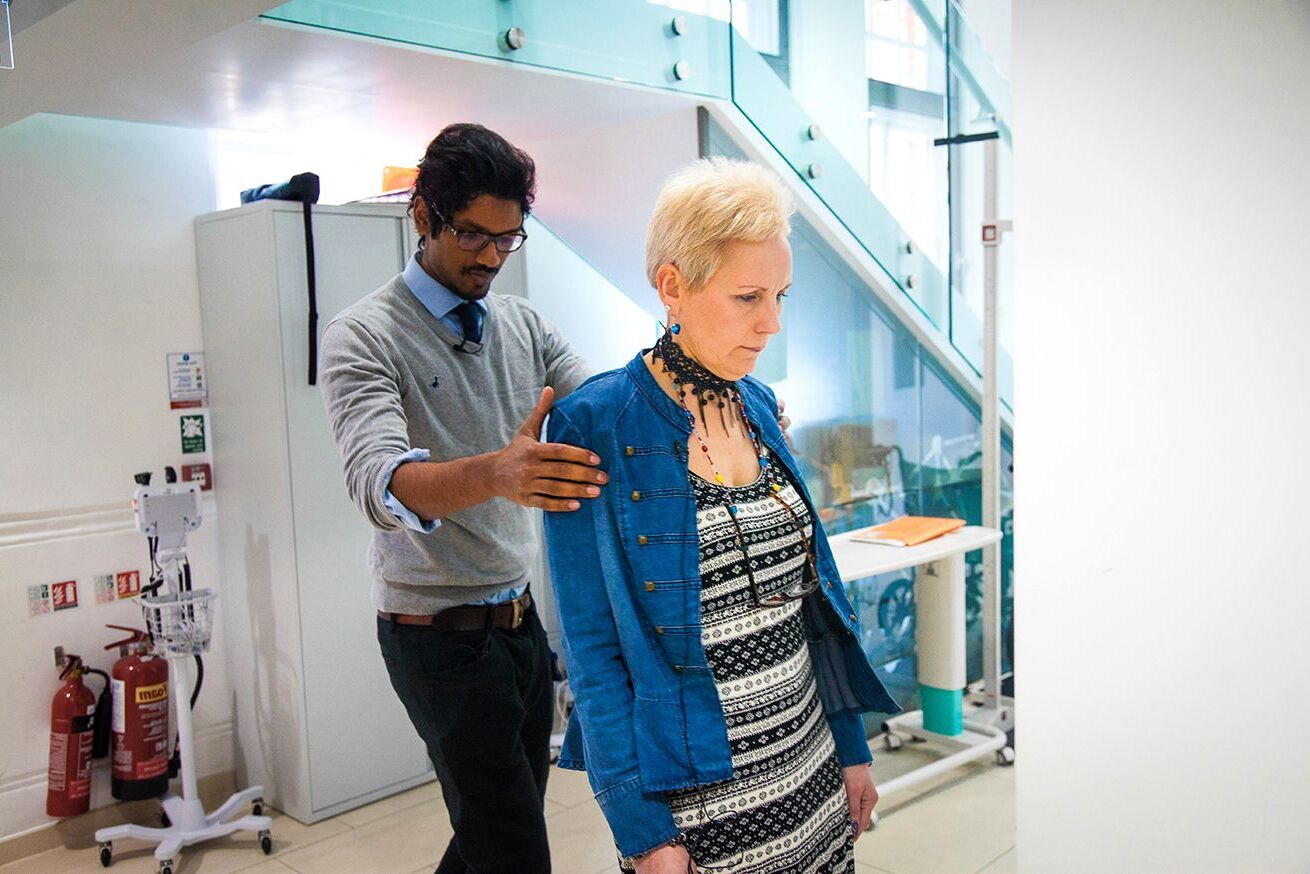
Bullous Ichthyosiform Erythroderma Congenita might sound like a mouthful, but understanding it can be simpler than you think. This rare skin disorder, often present at birth, causes blistering and scaling of the skin. Imagine having skin that constantly peels and forms blisters—sounds tough, right? Bullous Ichthyosiform Erythroderma Congenita affects the skin's ability to protect itself, making it more vulnerable to infections and injuries. It's a genetic condition, meaning it runs in families. While there's no cure, treatments can help manage symptoms and improve quality of life. Ready to learn more? Let's dive into 25 intriguing facts about this unique condition!
What is Bullous Ichthyosiform Erythroderma Congenita?
Bullous Ichthyosiform Erythroderma Congenita (BIEC) is a rare genetic skin disorder. It affects the skin's ability to shed dead cells, leading to thick, scaly patches. Let's dive into some fascinating facts about this condition.
-
BIEC is also known as Epidermolytic Hyperkeratosis. This name highlights the skin's tendency to blister and thicken.
-
It is a congenital condition. This means individuals are born with it, often showing symptoms right after birth.
-
BIEC is caused by mutations in the KRT1 or KRT10 genes. These genes are crucial for producing keratin, a protein that helps form the skin's outer layer.
-
The condition affects both males and females equally. There is no gender preference in the occurrence of BIEC.
-
Symptoms can vary widely. Some people may have mild scaling, while others experience severe blistering and thickening of the skin.
Symptoms and Diagnosis
Understanding the symptoms and how BIEC is diagnosed can help in managing the condition better.
-
Blistering is a common symptom. Blisters can form easily, especially in areas subjected to friction.
-
Thick, scaly skin patches develop over time. These patches can be itchy and uncomfortable.
-
Redness and inflammation are often present. The skin may appear red and swollen due to constant irritation.
-
Diagnosis is usually made through a skin biopsy. A small sample of skin is examined under a microscope to look for characteristic changes.
-
Genetic testing can confirm the diagnosis. Identifying mutations in the KRT1 or KRT10 genes can provide a definitive diagnosis.
Treatment and Management
While there is no cure for BIEC, various treatments can help manage the symptoms and improve quality of life.
-
Moisturizers are essential. Keeping the skin hydrated can reduce scaling and discomfort.
-
Keratolytic agents can help. These substances help to remove the thickened outer layer of skin.
-
Antibiotics may be needed. Infections can occur in blistered areas, requiring antibiotic treatment.
-
Retinoids are sometimes prescribed. These medications can help reduce scaling and improve skin texture.
-
Regular monitoring by a dermatologist is crucial. Ongoing care can help manage symptoms and prevent complications.
Living with BIEC
Living with BIEC can be challenging, but understanding the condition can make it easier to manage daily life.
-
Sun protection is important. The skin can be more sensitive to sunlight, so using sunscreen and protective clothing is advised.
-
Avoiding friction can prevent blisters. Wearing soft, loose-fitting clothing can help reduce skin irritation.
-
Maintaining a healthy diet can support skin health. Nutrient-rich foods can promote overall well-being.
-
Psychological support may be beneficial. Living with a visible skin condition can affect self-esteem and mental health.
-
Joining support groups can provide comfort. Connecting with others who have BIEC can offer emotional support and practical advice.
Research and Future Directions
Ongoing research is crucial for understanding BIEC better and developing new treatments.
-
Gene therapy is being explored. Scientists are investigating ways to correct the genetic mutations that cause BIEC.
-
Stem cell research offers hope. Using stem cells to regenerate healthy skin cells is a promising area of study.
-
New medications are in development. Researchers are working on drugs that can more effectively manage symptoms.
-
Clinical trials are ongoing. Participating in clinical trials can provide access to cutting-edge treatments.
-
Raising awareness is key. Increased awareness can lead to better support and resources for those affected by BIEC.
Final Thoughts on Bullous Ichthyosiform Erythroderma Congenita
Bullous Ichthyosiform Erythroderma Congenita (BIEC) is a rare genetic disorder that affects the skin, causing blistering and scaling. Understanding this condition helps in managing symptoms and improving the quality of life for those affected. Early diagnosis and treatment can make a significant difference. Genetic counseling is crucial for families with a history of BIEC. Advances in medical research offer hope for better treatments in the future. Awareness and education about BIEC can lead to better support and resources for patients and their families. By staying informed and proactive, individuals with BIEC can lead fulfilling lives despite the challenges posed by this condition. Remember, knowledge is power when it comes to managing rare diseases like BIEC.
Was this page helpful?
Our commitment to delivering trustworthy and engaging content is at the heart of what we do. Each fact on our site is contributed by real users like you, bringing a wealth of diverse insights and information. To ensure the highest standards of accuracy and reliability, our dedicated editors meticulously review each submission. This process guarantees that the facts we share are not only fascinating but also credible. Trust in our commitment to quality and authenticity as you explore and learn with us.


